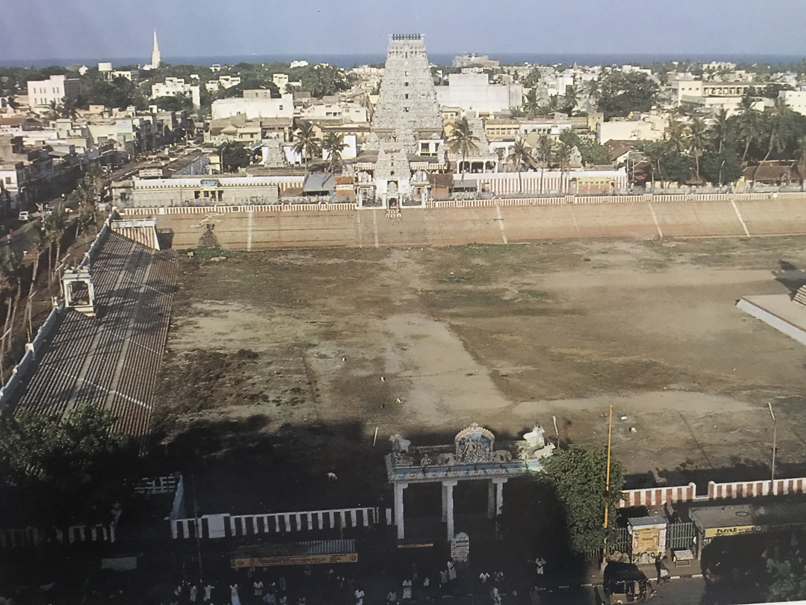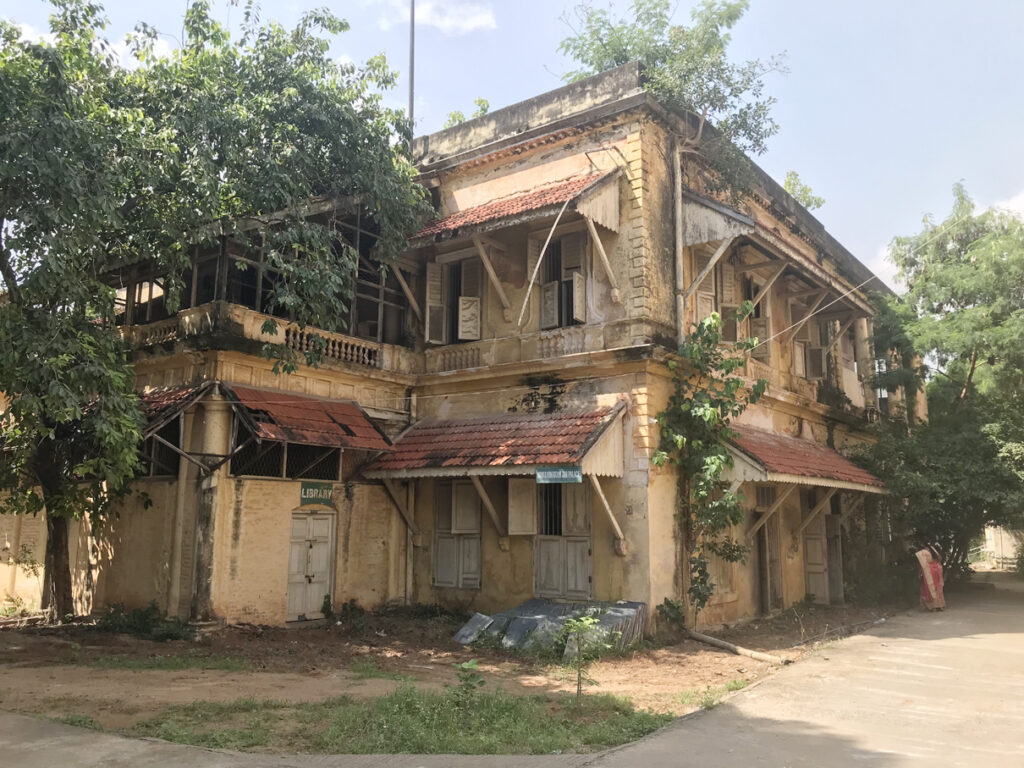Registered with the Registrar of Newspapers for India under R.N.I 53640/91
Vol. XXX No. 18, January 16-31, 2021
Archives: Vol. XXX No. 18, January 16-31, 2021
Lake restoration is good but what of temple tanks?
By The Editor
The city has had a bountiful monsoon that is extending well into January if the weather charts are anything to go by. Politicians, bureaucrats and others who have a say in matters of administration are busy congratulating each other on the way the heavy rains were handled, and we do agree that they need a pat on the back, though this can only be for firefighting. Long term measures such as road alignments and heights, desilting of tanks and waterways, ensuring proper stormwater drains and ensuring buildings have proper facilities for drainage are all a long way off. But it cannot be denied that the reservoirs are full, the excess water did not cause flooding and so the city can breathe easy.
Various lakes in the periphery of the city are also full. One of the chief reasons for their being able to store the water is the greater awareness that people have about their importance to Chennai’s wellbeing. Various NGOs and Government agencies have played a vital role in this resurgence though it is still early days to celebrate. Not everyone is sadly on board when it comes to waterbody conservation. Land developers and even some Government departments still view lakes and reservoirs as so much real estate that is lying waste. And a section of the general public still appears to think tossing garbage into waterways and lakes is a good way of disposal.
However, lakes, whatever their problems, appear to be far better off than temple tanks, which it would appear the administration and the public have completely forgotten about as spaces that can be used for storing copious amounts of water. Thus, while reservoirs are brimming and lakes are looking full, most temple tanks present a desolate picture, with the little water that is in them being entirely due to direct precipitation. This will soon evaporate, leaving the tanks dry. Even the Kapaliswarar Temple tank in Mylapore has hardly any water in it, despite there having been copious rains in the last two months. It simply indicates that the channels that brought surface run offs from the surrounding areas to the tank are all clogged, or worse, the latest construction of stormwater drains has ensured that no water can percolate to the reservoir. Either way, this is nothing short of a disaster. If this be the fate of the Kapaliswarar Temple tank, which is something of a showpiece for the city, what of less privileged reservoirs such as the Tiruvottriyur and Tiruvanmiyur tanks and the smaller ones attached to the numerous temples in areas such as Mylapore and George Town?
Last mile connectivity – a challenge for CMRL
by Our Special Correspondent
Phase 1 of the Chennai Metro Rail project was fully launched in February 2019 with a network range of 2 lines comprising 32 stations across the city. It currently covers 45 kilometers, with the Blue Line providing connectivity between Washermanpet and the Airport and the Green Line between Central Metro and St. Thomas Mount. The project is claimed to be the first Metro Rail system in India to connect the city’s railway terminal, bus terminals and airport in the first phase itself. One of the problems that Chennai Metro has been grappling with is last-mile connectivity, the lack of which, most agree, have contributed to lukewarm commuter patronage.
Don’t look back, it’s all right
by Ranjitha Ashok

It’s been two weeks now. Lots of time to think, reflect, here in the Past Times Pen.



